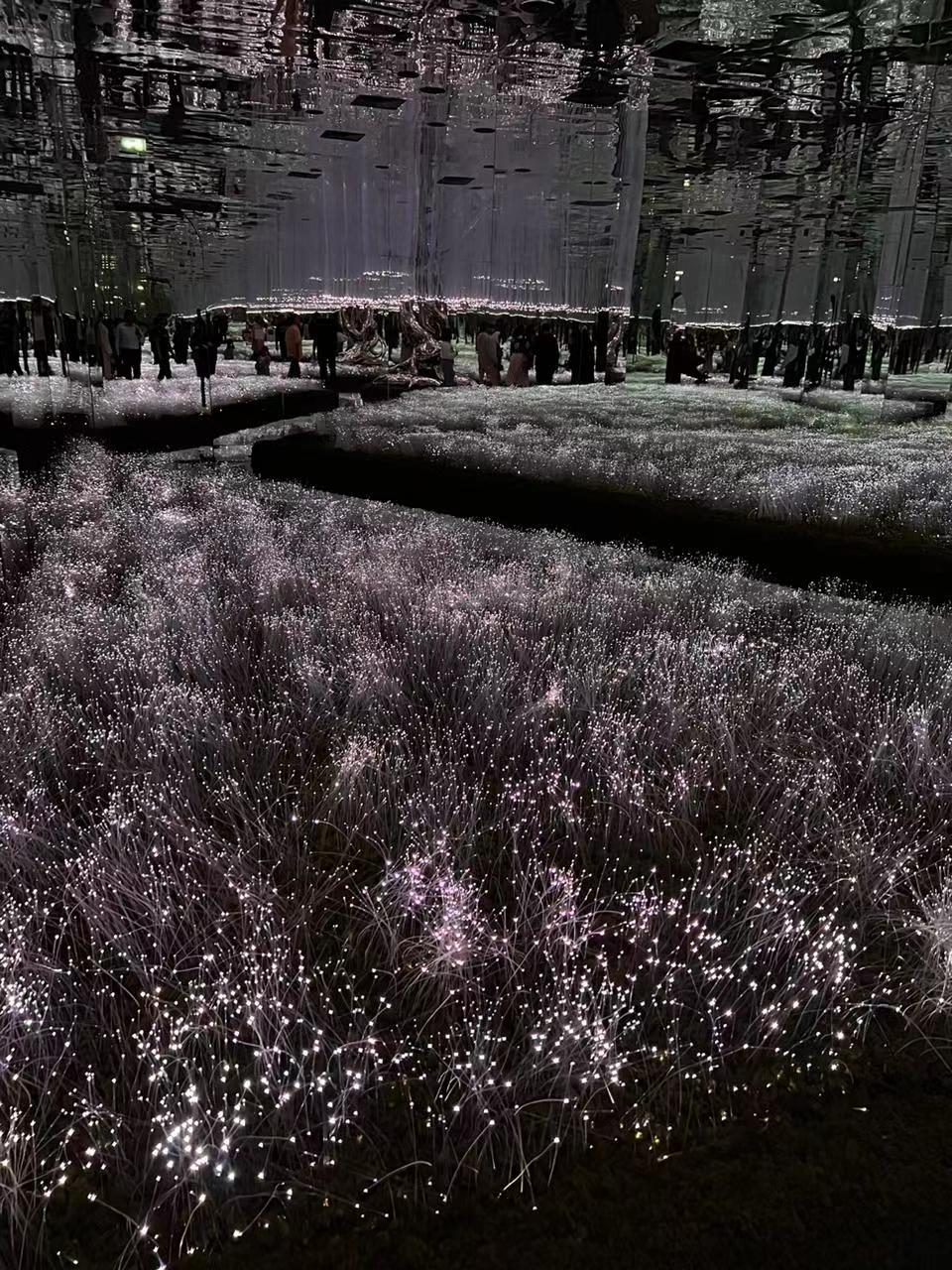What are the different colors and effects that can be achieved with fiber optic lights?
We are the largest factory to manufacture the PMMA Plastic Optic Fiber and Fiber Optic Lighting Fixtures in China over 20 years. You can get more knowledge from us.
If it can help you, please add to favorite.
Fiber optic lights are a versatile and popular lighting option that can create various colors and effects. These lights use Fiber Optic Lighting Cable to transmit light, allowing for the manipulation of color and intensity. Here are some of the different colors and effects that can be achieved with fiber optic lights:
1. Single Color: Fiber optic lights can produce a wide range of single colors, including red, green, blue, yellow, orange, purple, and white. These colors can be used individually or in combination to create various lighting effects. 2. Color Changing: Many fiber optic lights are equipped with color-changing capabilities. These lights can cycle through different colors or be programmed to change colors at specific intervals. Color-changing fiber optic lights are often used in decorative lighting applications, such as creating a dynamic ambiance in restaurants or clubs. 3. Twinkle Effect: Fiber optic lights can be designed to create a twinkling effect, mimicking the appearance of stars in the night sky. This effect is achieved by using a color wheel or LED Light Sources with multiple colors and rapidly changing the colors to create a sparkling or shimmering effect. 4. Gradient Effect: Gradient effects involve smoothly transitioning between different colors. Fiber optic lights can be programmed to gradually change from one color to another, creating a beautiful and soothing lighting effect. This effect is often used in interior design to create a calming atmosphere. 5. Dimming: Fiber optic lights can be dimmed to achieve various levels of brightness. This allows for the creation of different moods and atmospheres in a space. Dimming can be done manually or through automated systems, giving users flexibility in adjusting the lighting to their desired level. 6. Strobe Effect: Strobe effects involve rapidly flashing the light on and off. Fiber optic lights can be programmed to create a strobe effect, which is commonly used in entertainment venues, such as clubs or concerts, to create a dynamic and energetic atmosphere. 7. Twisting and Bending: Fiber optic cables can be twisted or bent to create unique lighting effects. By manipulating the cables, designers can create interesting patterns and shapes, adding a touch of creativity to the lighting design. 8. Sparkle Effect: Some fiber optic lights are designed to produce a sparkling effect, similar to glitter or diamonds. This effect is achieved by using special optical fibers that reflect and refract light in a way that creates a sparkling appearance. 9. UV (Ultraviolet) Light: Fiber optic lights can also emit UV light, which is invisible to the human eye but can cause certain materials to glow or fluoresce. UV fiber optic lights are often used in artistic installations or themed environments to create a surreal and otherworldly atmosphere. In conclusion, fiber optic lights offer a wide range of colors and effects, from single colors to color-changing, twinkle, gradient, dimming, strobe, twisting and bending, sparkle, and UV effects. These versatile lights can be used in various applications, including interior design, entertainment venues, and artistic installations, to create unique and captivating lighting experiences.
4. Gradient Effect: Gradient effects involve smoothly transitioning between different colors. Fiber optic lights can be programmed to gradually change from one color to another, creating a beautiful and soothing lighting effect. This effect is often used in interior design to create a calming atmosphere. 5. Dimming: Fiber optic lights can be dimmed to achieve various levels of brightness. This allows for the creation of different moods and atmospheres in a space. Dimming can be done manually or through automated systems, giving users flexibility in adjusting the lighting to their desired level. 6. Strobe Effect: Strobe effects involve rapidly flashing the light on and off. Fiber optic lights can be programmed to create a strobe effect, which is commonly used in entertainment venues, such as clubs or concerts, to create a dynamic and energetic atmosphere. 7. Twisting and Bending: Fiber optic cables can be twisted or bent to create unique lighting effects. By manipulating the cables, designers can create interesting patterns and shapes, adding a touch of creativity to the lighting design. 8. Sparkle Effect: Some fiber optic lights are designed to produce a sparkling effect, similar to glitter or diamonds. This effect is achieved by using special optical fibers that reflect and refract light in a way that creates a sparkling appearance. 9. UV (Ultraviolet) Light: Fiber optic lights can also emit UV light, which is invisible to the human eye but can cause certain materials to glow or fluoresce. UV fiber optic lights are often used in artistic installations or themed environments to create a surreal and otherworldly atmosphere. In conclusion, fiber optic lights offer a wide range of colors and effects, from single colors to color-changing, twinkle, gradient, dimming, strobe, twisting and bending, sparkle, and UV effects. These versatile lights can be used in various applications, including interior design, entertainment venues, and artistic installations, to create unique and captivating lighting experiences.
 Fiber Optic Light
Fiber Optic Light![]()
